These interesting World War 2 facts reveal a different side to history's most devastating conflict.
Fewer than 25 years after the first world war threatened the globe with total annihilation, the human race once again saw itself collapsing into yet another worldwide crisis of unparalleled proportions.
Starting in 1939, Nazi Germany began ransacking Europe, with countries falling to Axis forces like dominoes. By the time Japan’s bombing of Pearl Harbor brought the U.S. into the war in 1941, the scale of this conflict was unlike anything the world had ever seen.
And as befits such an immense, earth-shaking event, even some of the relatively smaller details of World War II have since cemented their place in history and become common knowledge.
Yet, even though you know the broad strokes and some of the finer points, here are thirty-one fascinating World War II facts you likely never learned in history class:
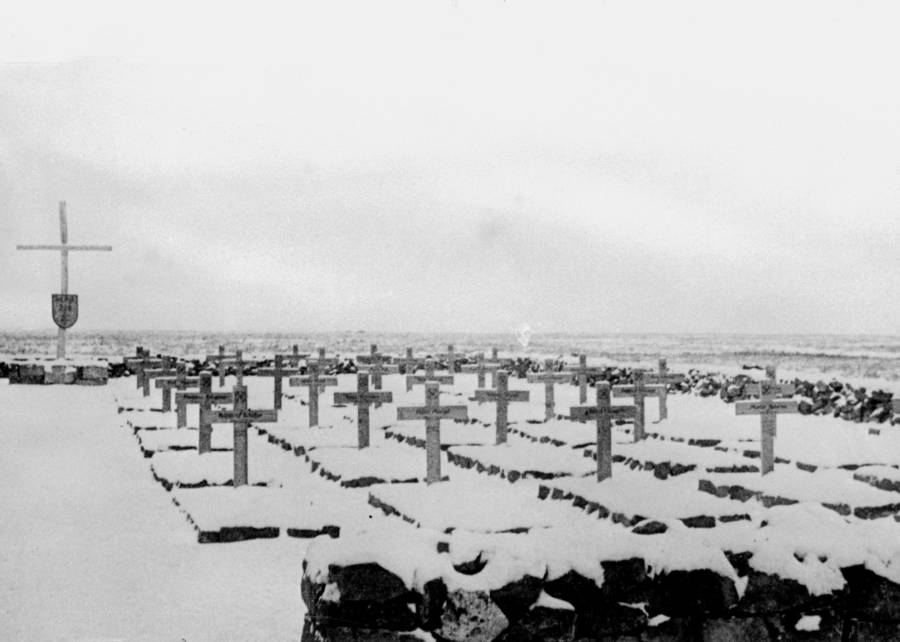

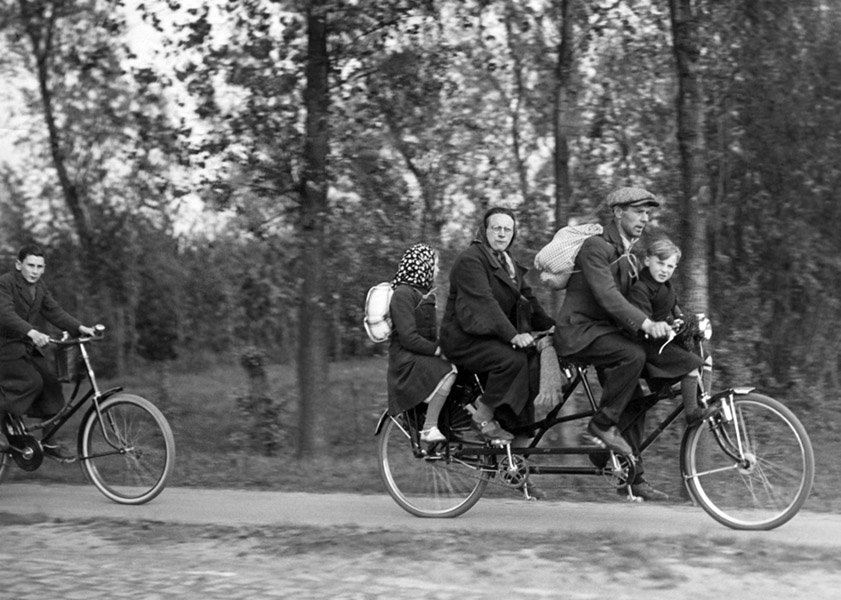

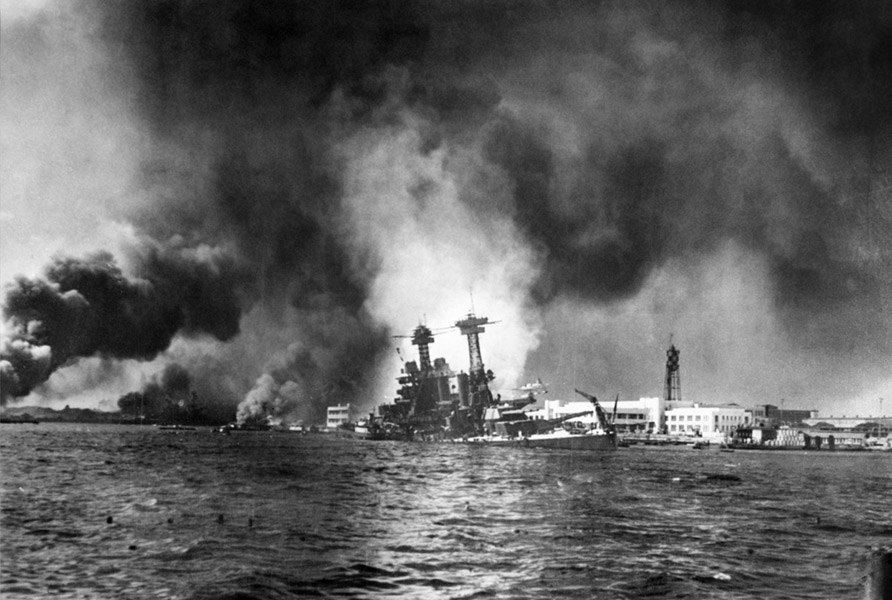


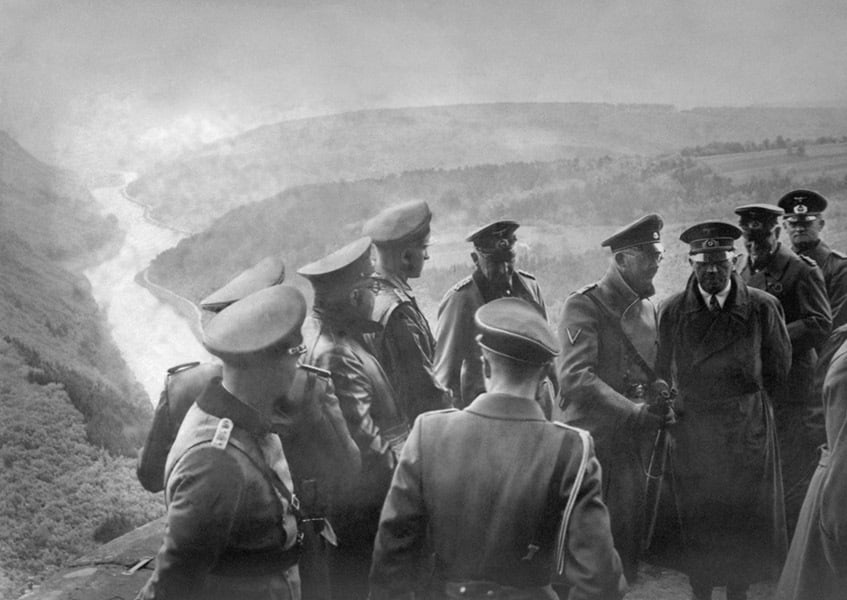
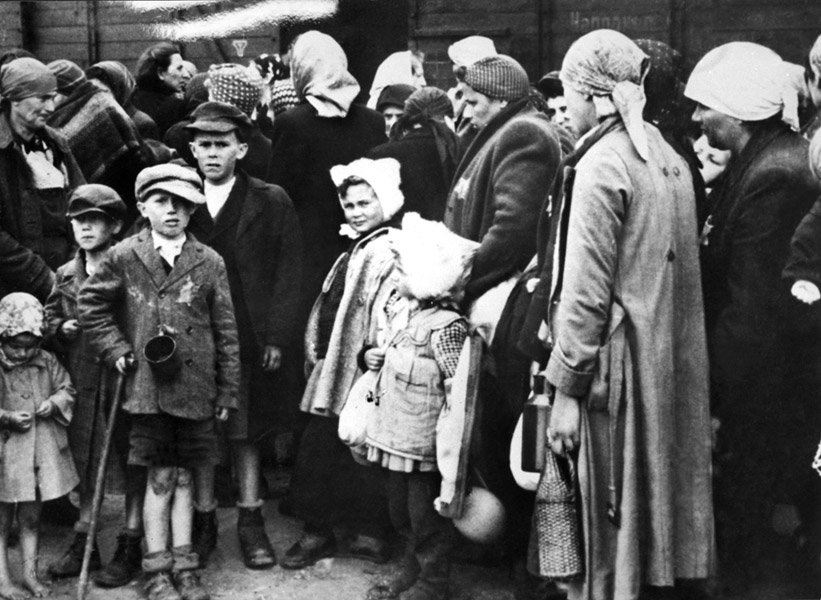


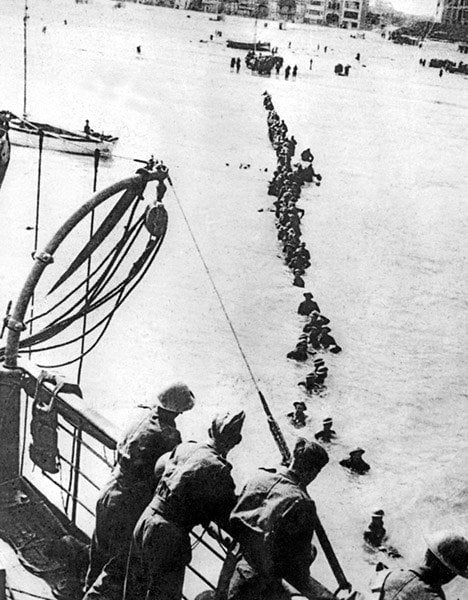

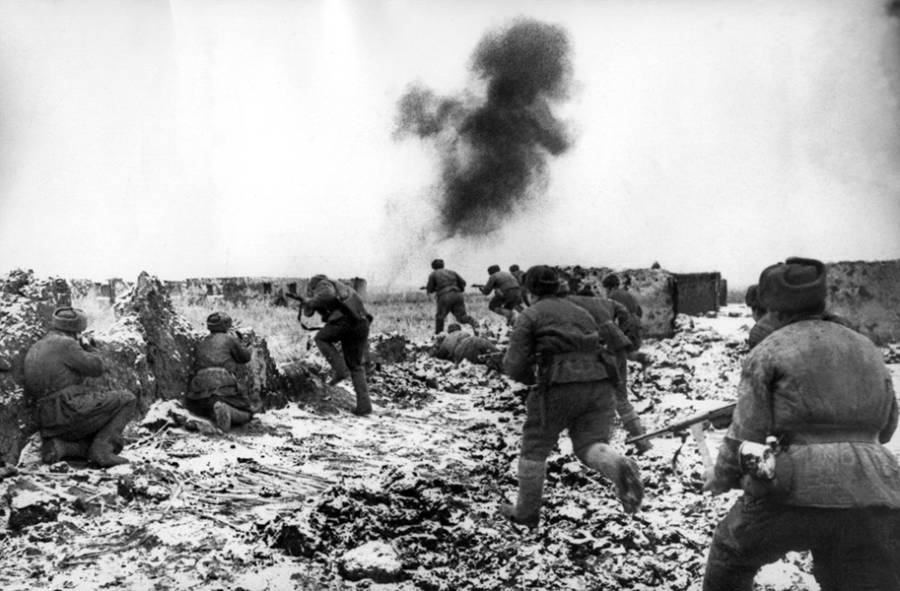
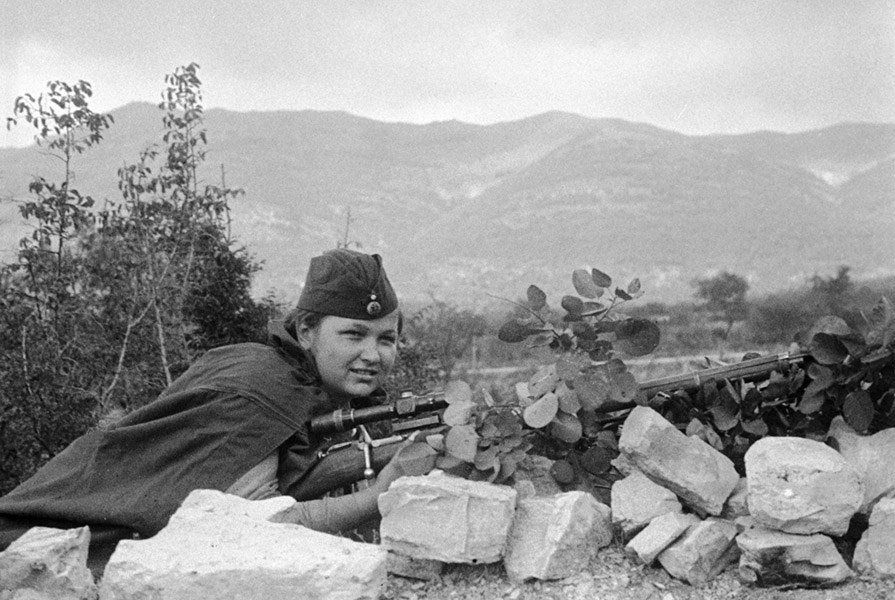


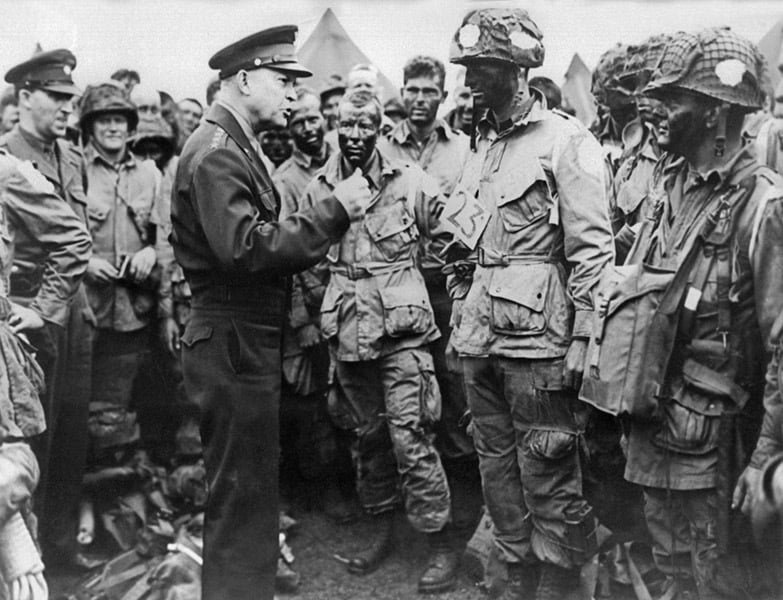

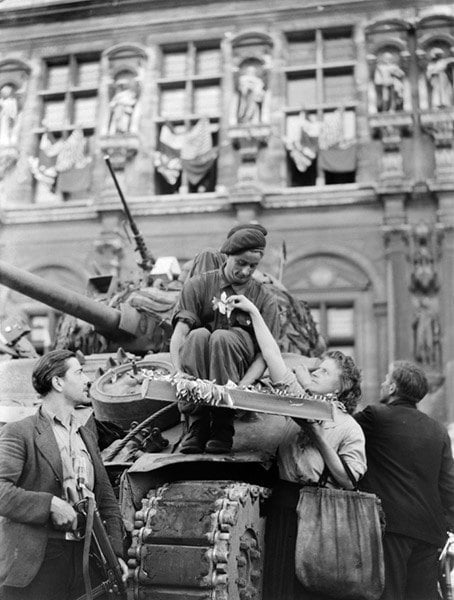
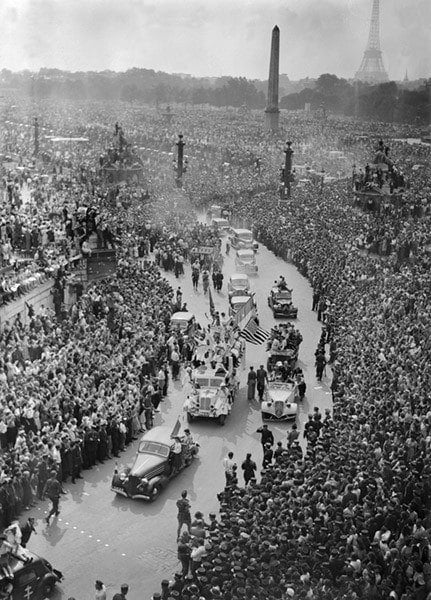
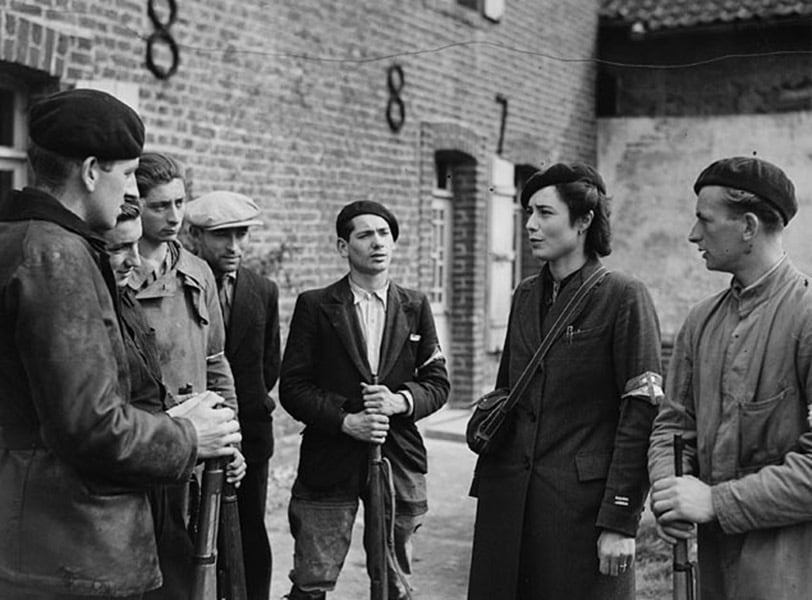
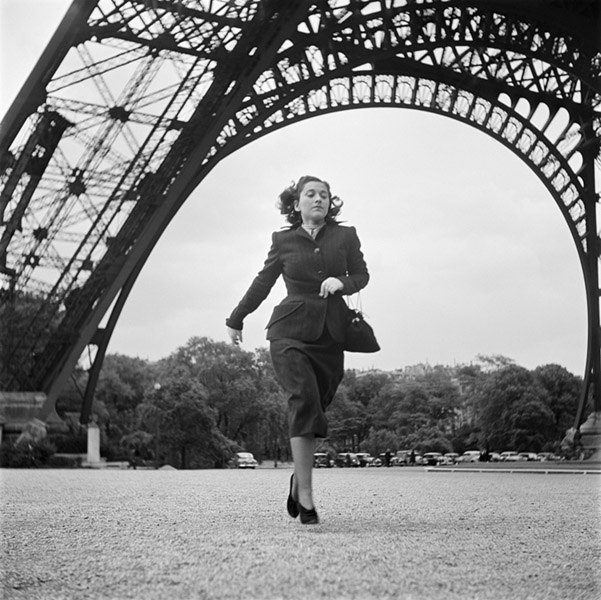

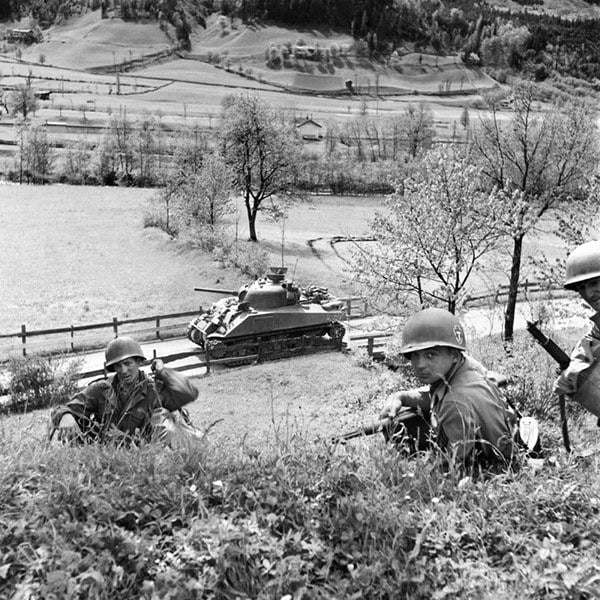
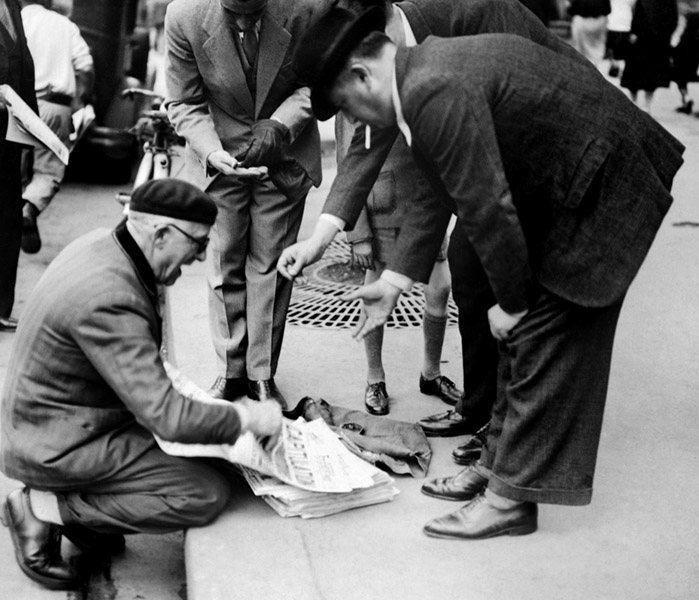
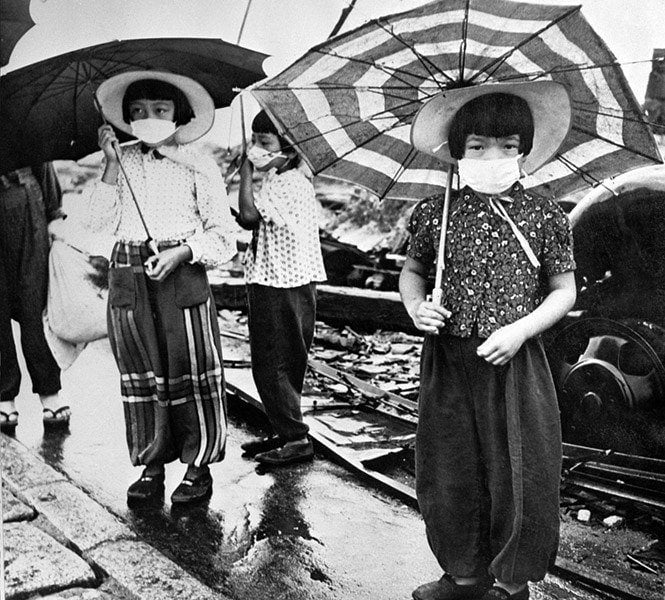
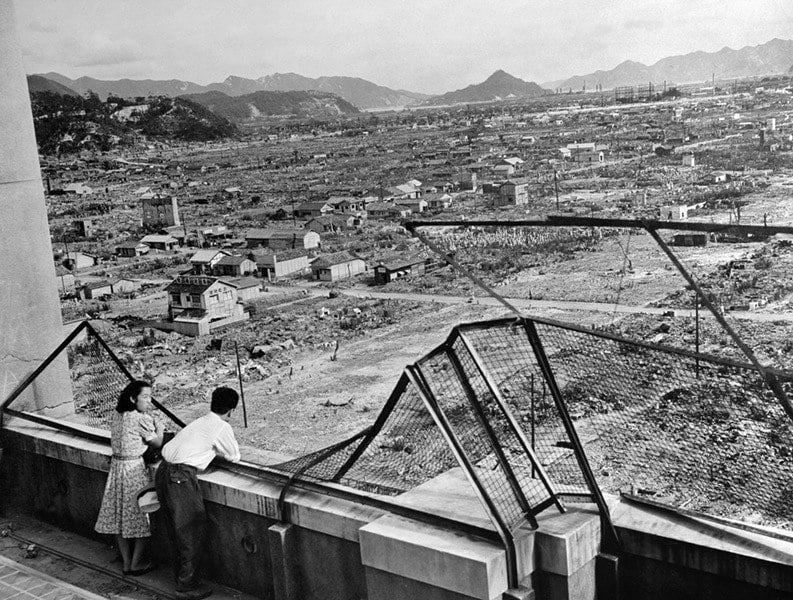
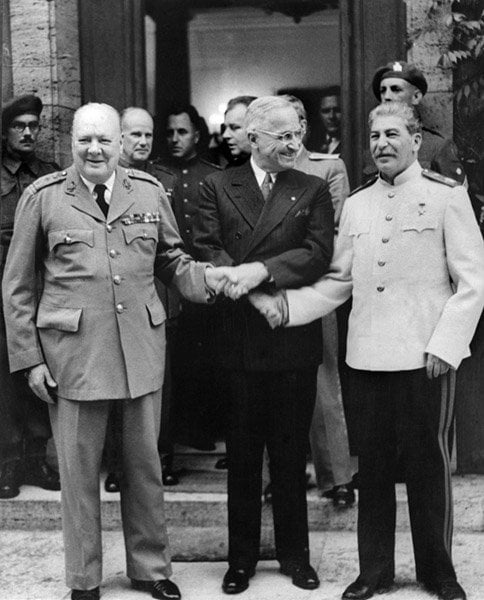
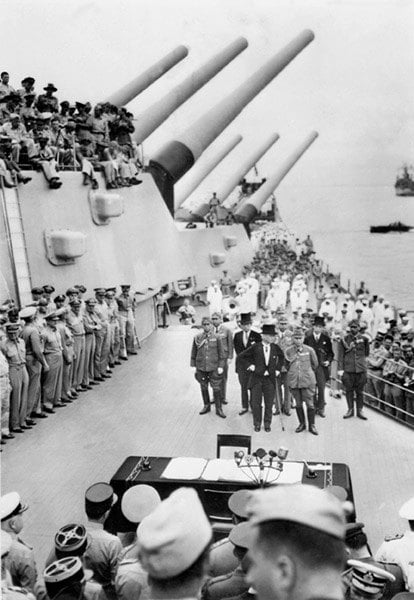
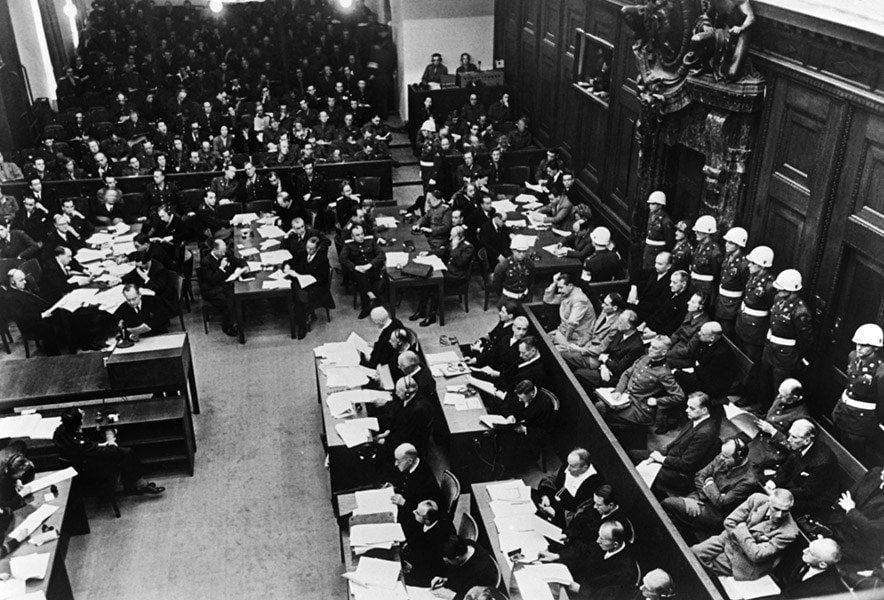
And if you liked this post, be sure to check out these popular posts:
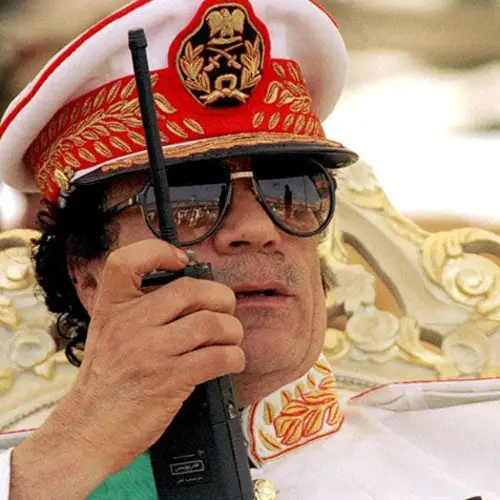


Germany, as you might expect, ranks high with about seven million total deaths. And that figure indeed dwarfs the surprisingly low totals for the U.S. and U.K., both at around half a million.
What may be even more surprising is the fact that Germany's total is itself dwarfed by the 20 million killed in China (in fighting with the Japanese) and the 27 million killed in the Soviet Union.
Above: The Khutor Orehovo cemetery for German soldiers, near Stalingrad, in December 1942.AFP/Getty Images
Hitler, a major art lover, sought to raid the great artworks of Europe and place them in a museum in his hometown of Linz, Austria. Before that could happen, some reports state that the Nazis hid the painting, along with other priceless works of art, deep in an old salt mine in the Alps.
But, in 1945, a special group of Allied troops tasked with saving Europe's treasures from Hitler's clutches, parachuted in and saved the Mona Lisa from being blown up by the German commander who had been tasked with doing so if the Allies evevr found the stash.
Given the murkiness of such top secret reports that describe this mission, some contend that the painting the Nazis stole was actually a fake created by he French to throw the Germans off the trail, and that the true whereabouts of the real Mona Lisa during the war have never been uncovered to this day.
Above: Two years after the war, the Mona Lisa finally returns to its place in the Louvre.AFP/Getty Images
This strange period later became known as the "Phoney War." But when this eight month stretch of calm ended, it did so suddenly and violently. When Germany finally did move into France in May 1940, the entire country fell in just six weeks.
Above: A French family flees the German army on bicycles in the north of France in May 1940.AFP/Getty Images
When Japanese Commander Mitsuo Fuchida famously called out, "Tora! Tora! Tora!" ("Tiger! Tiger! Tiger!") after flying over Pearl Harbor, he was letting the Japanese navy know that the plan had in fact worked and that the Americans were caught rather unawares.STF/AFP/Getty Images
First, during the war, Göring became known as the "First Lady of the Third Reich" due to her status as a famous actress and her frequent hosting of important state functions for Hitler at she and her husband's opulent castles. This "First Lady" designation greatly upset Hitler's lover, Eva Braun, and the two became embroiled in a great feud that eventually resulted in shouting matches between Hitler and Hermann Göring himself.
Then, after the war, Göring, who had personally profited greatly from the Nazi theft of Jewish wealth and thus grown accustomed to a rather lavish lifestyle, received just one year in jail and was allowed to keep 70 percent of her wealth.AFP/Getty Images
He was ultimately arrested by British forces in 1945 after secretly entering into peace talks with the Allies under Hitler's nose. However, he committed suicide before he could be brought to trial.
Above, Himmler and Hitler (third from right) meet with other top Nazi officials at an unidentified location at the outset of the war.AFP/Getty Images
And of the 7,500 camp staff responsible for those deaths, only 750 were ever punished, with many of the others going on to successful postwar careers in the private sector.
Above: Women and children exit train cars after their arrival at Auschwitz.STF/AFP/Getty
In addition to the thousands left to die slow deaths due to disease and malnutrition, many met their horrific end at the hands of master sergeant Martin Sommer, the "Hangman of Buchenwald."
Sommer became famous for hanging his victims by their wrists in the nearby wooded area, which became known, due to the victims' excruciated wailing, as "the singing forest."
Above: Buchenwald survivors walk to the infirmary after being liberated by the American army in 1945. ERIC SCHWAB/AFP/Getty Images
Nazi officers lined up Soviet soldiers on their shooting range and used them for target practice. Ultimately, 4,000 Soviets were killed at the camp.
Above: A Russian teenager imprisoned at Dachau.ERIC SCHWAB/AFP/Getty Images
This dramatic, pivotal escape saw British civilians contributing to the rescue effort with everything from private yachts, lifeboats, paddle steamers, and barges. were also saved.
Churchill hailed Dunkirk as a “miracle” and it remains a sacred episode in British history to this day.AFP/Getty Images
Above: Then British Prime Minister Winston Churchill smokes a cigar while watching a military operation in Florence.CPT TANNER - No 2 Army Film and /AFP/Getty Images
push German forces back during the Battle of Stalingrad.STF/AFP/GettyImages
Some of the most fearsome included Liza Mironova, Roza Shanina, once called "the terror of East Prussia," and Lyudmila Pavlichenko, who was credited with a record 309 kills.
Above: Russian sniper Liza Mironova in 1943. AFP/Getty Images
More than 20,000 paratroopers dropped into Nazi-occupied France, while around 104,000 troops landed on Normandy's beaches.STF/AFP/Getty Images
Above: Eisenhower gives instructions to paratroopers ahead of the D-Day landing in Normandy.AFP/Getty Images
On April 28, 1945, Italian leader Benito Mussolini was executed. Then, just two days later, Hitler committed suicide in his bunker in Berlin to avoid capture by the approaching Red Army.
Above: German soldiers surrender to Allied forces in a small French village in December 1944.AFP/Getty Images
The day after the Nazi surrender, the Allied forces paraded down the Champs-Élysées (above). But then, women who were suspected of sleeping with Nazis during the occupation were dragged into the streets and had their heads shaved to publicly shame them. AFP/Getty Images
While hundreds of thousands joined the French Resistance (above), many French men joined either the paramilitary arm of the Nazi-controlled French government of directly joined the German army.
After the liberation, France underwent what became known as "the savage purge" as approximately 10,000 collaborators were executed, most without any kind of due process, with as many as 77 shot at once, in one particularly violent incident.Wikimedia Commons
Writer Edmonde Charles-Roux (above) joined the resistance as a nurse, singer Josephine Baker worked for French military intelligence, passing information to the Allies, and Nobel Prize-winning writer Samuel Beckett acted as a resistance courier.STRINGER/AFP/Getty Images
Under Nazi rule, 81% of Greece's Jewish population died in concentration camps.
Then, upon liberation in late 1944, the British army fired into a crowd of protesters who had served in the Greek resistance movement, killing 28 people, hoping to stifle the influence of Communism there.
Not long after, Greece descended into a three-year civil war that would take 50,000 lives.
British soldiers in Athens in December 1944.AFP/Getty Images
During the war, the Nazis imprisoned top French figures and army officers, including three former prime ministers and tennis champion Jean Borotra, at the castle. With the war ending, the German guards fled the castle, leaving the prisoners trapped inside.
Two of them managed to escape on bikes, where they met Josef Gangl, a former German officer who was by then collaborating with the Austrian resistance. Gangl tracked down a U.S. army tank (above), led by Captain Jack Lee, who carried out the rescue mission to the castle. ERIC SCHWAB/AFP/Getty Images
One instrument of surrender for the German army in Italy was even signed the day before Hitler's death (which occurred on April 30), although the commander in question denied the signing until after Hitler died.
Above: On May 8, 1945, henceforth known as Victory in Europe Day, men buy newspapers in the streets of Paris announcing "capitulation" — the total surrender of the German army to the Allies. AFP/Getty Images
Those effects are still being regularly studied by a Japanese/American research group to this day, with findings indicating that the risk of cancer among the survivors has widely doubled, with the risk of certain cancers, like leukemia, as much as quadrupling.
Above: In 1948, three years after the atomic bombs were dropped on Hiroshima and Nagasaki, children in those cities still wore masks to protect themselves from the deadly radiation.AFP/Getty Images
Above: Hiroshima, still devastated in 1948, three years after the bombing.AFP/Getty Images
News reached Churchill in Germany about a week into the conference, and he was quickly replaced at the all-important meeting table by his successor, Clement Attlee.
Above: From left, Winston Churchill, Harry Truman, and Joseph Stalin, leaders of the Allied powers, shake hands during the Potsdam Conference.AFP/Getty Images
While most assume that the Japanese decided to surrender because of the atomic bombings of Hiroshima and Nagasaki, some historians argue that it was the imminent invasion of Japanese territory by the Soviets -- who had not yet declared war on Japan and who the Japanese hoped would help them broker a favorable ceasefire -- that most informed the decision to surrender.AFP/Getty Images
Lead American prosecutor Robert Jackson, in an October 1945 letter to President Harry Truman, wrote that the Allies themselves "have done or are doing some of the very things we are prosecuting the Germans for. The French are so violating the Geneva Convention in the treatment of prisoners of war that our command is taking back prisoners sent to them. We are prosecuting plunder and our Allies are practising it."AFP/Getty Images




After reading these WW2 facts, read up on the most bad-ass women in World War 2 as well as Desmond Doss, the hero who never lifted a weapon. Then, plumb the depths of World War 2 and beyond in this look at the worst war crimes in history.





